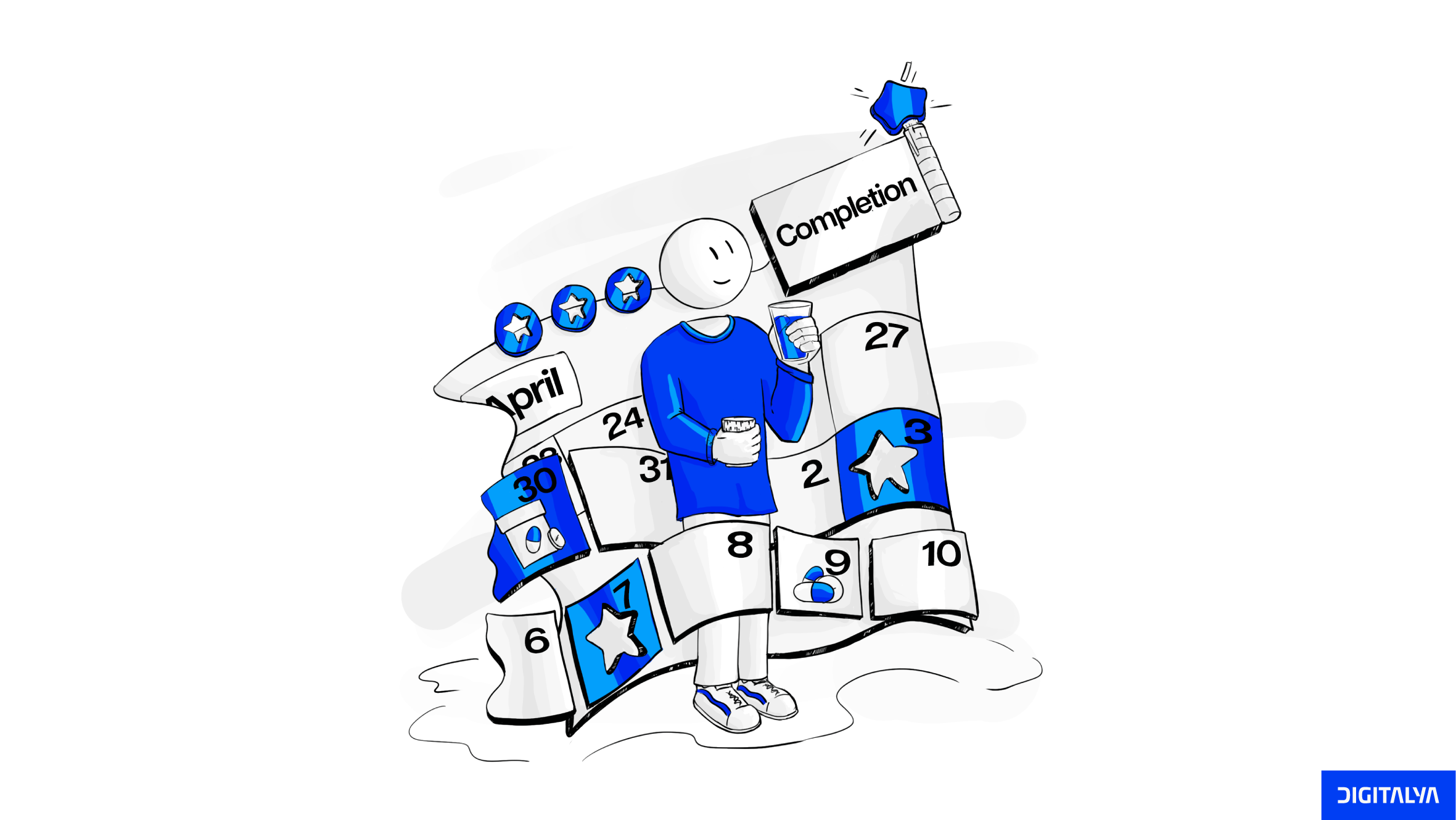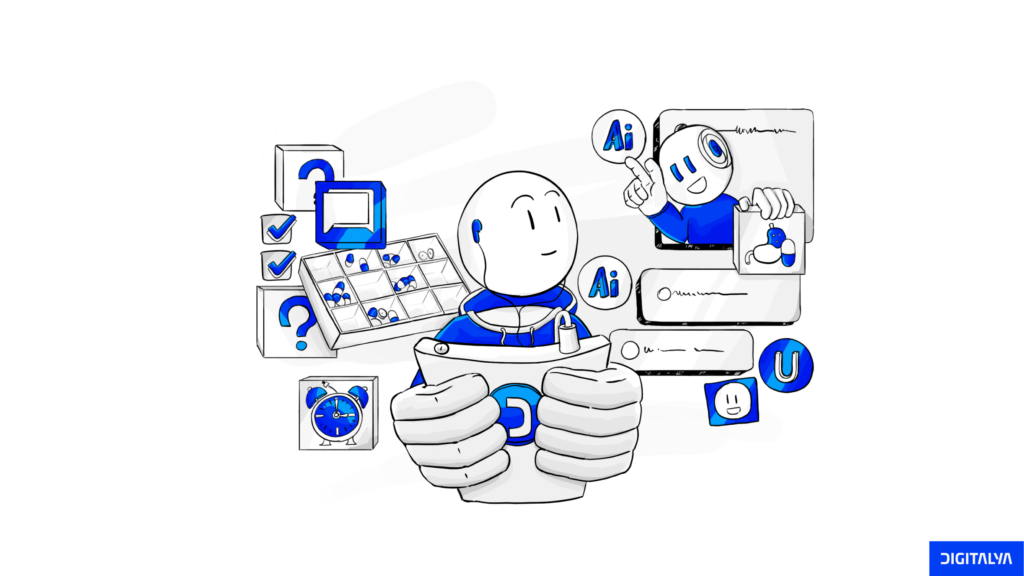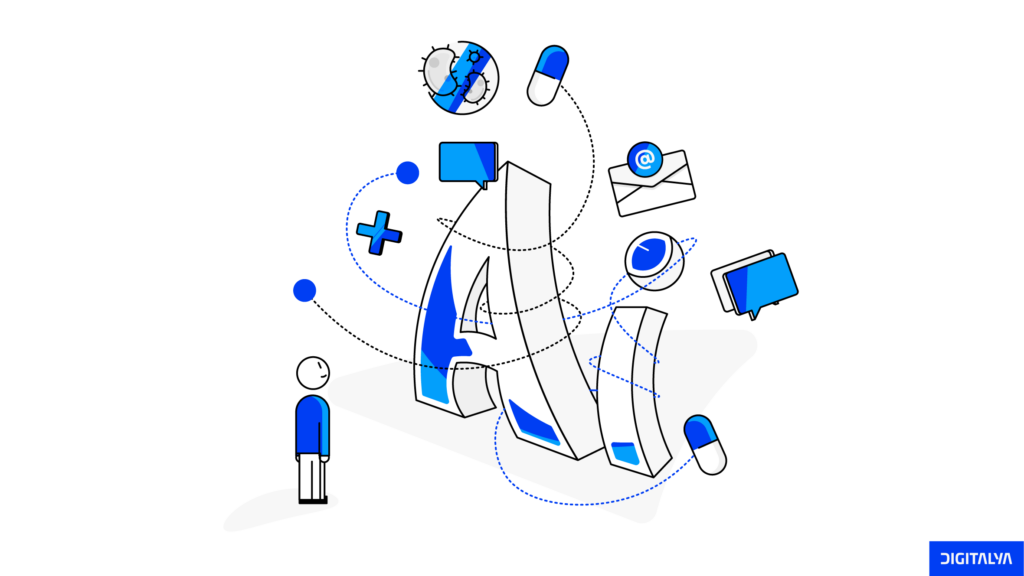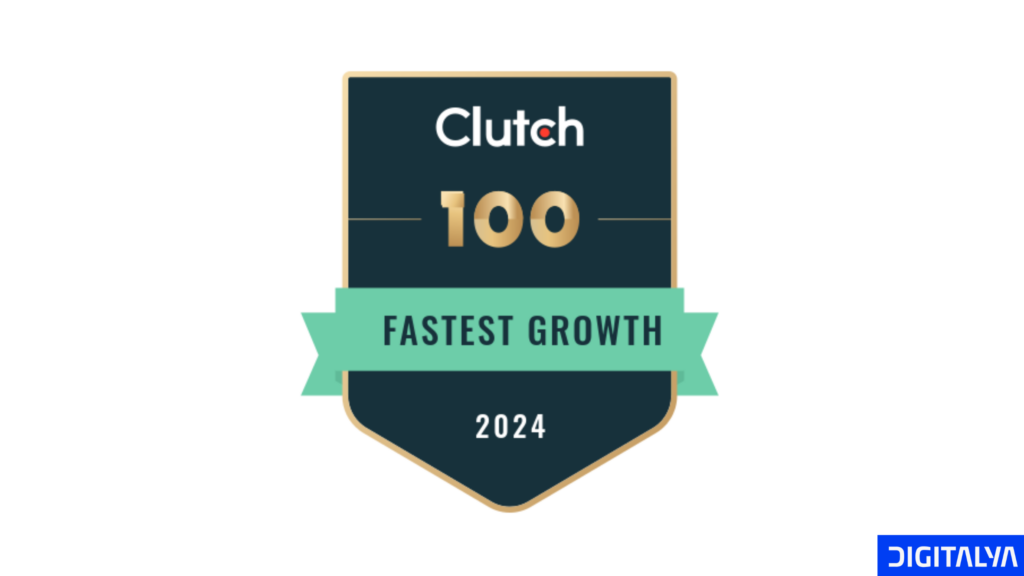1. Introduction
Patient adherence refers to the extent to which patients follow medications as prescribed by healthcare providers. In the pharmaceutical industry, adherence specifically refers to how well patients adhere to a treatment plan, which is crucial for achieving optimal treatment outcomes.
1.1 Overview of patient adherence challenges in the pharma industry
Let’s take a closer look at the factors associated with low adherence rates:
- Prevalence of non-adherence
Studies have shown consistently that non-adherence to medication regimens is a prevalent issue across various therapeutic areas. It’s estimated that approximately 50% of patients with chronic conditions do not take medications as prescribed.
- Consequences of non-adherence
Poor medication adherence can worsen health outcomes, increase hospitalizations, and raise health care costs. Additionally, non-adherence is associated with reduced effectiveness of a treatment regimen, increased disease progression, and elevated risk of complications.
- Factors influencing non-adherence
One challenge is that many medications require multiple daily doses at specific times, which can be difficult to remember and integrate into busy lives. On top of that, unpleasant side effects can deter patients from taking their medication, especially if not managed effectively.
On top of that, there’s a lack of patient education. They might not fully grasp the purpose or long-term benefits of their treatment plans, leading to a decreased sense of urgency about taking their medications consistently. We can pair this with psychosocial factors, like stress, depression, lack of motivation, and social support, especially for chronic diseases.
Additionally, there are cost barriers. Affordability can be a significant hurdle, forcing patients to skip directly or ration medication, hoping for cost savings.
- Communication gaps
Inadequate communication between health professionals and patients can lead to misunderstandings about medication instructions, potential side effects, and the importance of adherence. Limited patient engagement in shared decision-making processes can decrease commitment to treatment plans.
- Healthcare system challenges
A fragmented health system and a lack of coordination among healthcare practitioners can contribute to gaps in care and make medication management difficult. Access to follow-up care, monitoring, and support services may be limited, particularly for patients in underserved or rural areas.
1.2 Gamification as a solution
Enter gamification — applying game-like elements to non-game contexts. It’s not just about points and badges. Gamification leverages core principles of human motivation and engagement to transform the often mundane task of adherence to treatment into a more interactive and rewarding experience.
Imagine a scenario where patients earn points for taking their medication on time, unlock virtual badges for achieving milestones, and even compete (optionally and anonymously) with friends or fellow patients on leaderboards — all within a secure and informative app.
This is the potential of gamification in action. Fostering a sense of accomplishment, healthy competition, and even a bit of fun can empower patients to take a more active role in their health journey.
2. Understanding patient adherence
In the pharma world, a crucial factor separates effective treatment plans from missed opportunities — patients adherence. It refers to the extent to which a patient follows the prescribed medication regimen, including dosage, frequency, and duration.
Unfortunately, achieving consistent adherence is often a complex and challenging task, leading to a significant problem for both patients and the pharmaceutical industry.
2.1 Importance of medication adherence
Adherence to treatment is crucial for achieving optimal health outcomes, managing chronic conditions, preventing disease progression, and reducing complications. When patients consistently follow their prescribed treatment plans, they are more likely to experience improved health outcomes, be hospitalized less often, and enhanced quality of life.
Additionally, improving medication adherence plays a significant role in controlling healthcare costs by minimizing the need for emergency interventions, hospital readmissions, and additional medical services.
2.2 Factors influencing non-adherence
Despite its importance, medication adherence remains a complex and multifaceted issue influenced by various factors that can be categorized into four types.
- Patient-related
- Medical education — limited understanding of medical instructions, treatment benefits, and potential side effects can hinder adherence.
- Perceived need — patients might question the necessity of prescribed medications, especially if they don’t experience immediate or noticeable improvements in symptoms.
- Beliefs and attitudes — misconceptions, fears, or negative attitudes towards medications can impact the rate of adherence.
- Medication-related
- Complexity or regimens — complicated dosing schedules, multiple medications, or frequent changes in treatment can pose challenges.
- Side effects — unpleasant or intolerable adverse effects can deter patients from continuing their medication.
- Cost — high costs, lack of insurance coverage, or financial constraints can be significant barriers to adherence.
- Health system-related
- Communication gaps — inadequate patient-provider communication, lack of clear instructions, or insufficient follow-up can lead to misunderstandings and non-adherence.
- Access to care — limited access to healthcare services, long wait times, or logistical barriers can impede adherence rates.
- Socioeconomic
- Social support — lack of social support, isolation, or care provider burden can affect patient adherence.
- Education and awareness — limited access to information, cultural beliefs, or language barriers can hinder understanding and adherence among patients.
2.3 Consequences of poor adherence to patient health and healthcare costs
Medication nonadherence can have serious implications for both individual patients and the broader health care system, including:
- Worsened health outcomes — poor medication adherence can lead to uncontrolled symptoms, disease progression, increased morbidity, and mortality.
- Increased healthcare costs — non-adherence contributes to higher healthcare utilization, including hospitalizations, emergency department visits, and additional medical interventions.
- Reduced quality of life — inadequate management of chronic conditions can impair physical function, mental well-being, and overall quality of life for patients.
3. The role of technology in improving adherence
The fight for improved patient adherence is increasingly waged on the digital battlefield. Technology offers a multitude of tools to bridge the gap between prescription and consistent medication use.
3.1 Overview of current technological solutions
First of all, when it comes to patient education and awareness, there are digital health platforms and virtual health libraries. Online portals, mobile apps, interactive websites, and tools offer valuable resources, educational materials, and personalized information to help patients understand their conditions, treatment options, and the importance of adherence.
There are also medication tracking apps or smart pill dispensers. Mobile apps specifically designed for medication management allow patients to set reminders, track doses monitor refill dates, and log medication usage, helping to establish and maintain consistent adherence to treatment regimens.
On the same note, telehealth platforms and remote monitoring systems allow healthcare providers to monitor patient adherence remotely, identify potential issues, and intervene promptly to address concerns or adjustments needed.
Additionally, advanced analytics, AI-driven algorithms, and machine learning algorithms capabilities enable the development of personalized interventions, adaptive feedback, and tailored support based on individual patient data, preferences, and health goals.
3.2 Limitations of traditional approaches
For decades, the pharma industry has relied on traditional methods to promote medication adherence. While these methods have some value, they often fall short of addressing the complex challenges patients face.
| One-size-fits all education | Passive communication | Limited engagement | Lack of personalized support |
| Generic pamphlets and doctor consultations might not cater to individual learning styles or address specific concerns to lead to non-adherence. | Traditional methods often involve a one-way flow of information, from doctor to patient. This can leave patients feeling uninformed and lacking a sense of ownership over their treatment plan. | Fact sheets and reminder notes can be easily forgotten or ignored. They fail to capture the patient’s attention and create a sense of motivation for consistent adherence. | Traditional approaches often lack the ability to provide ongoing, personalized support that can address the unique challenges patients encounter throughout their treatment journey. |
These limitations contribute to a disconnect between patients and their medication regimens. Instead of feeling empowered and engaged, they might feel overwhelmed, uninformed, or simply forgetful.
This is where gamification steps in, offering a more interactive and engaging approach to bridge this gap and unlock the full potential of patient adherence.
4. Gamification in Pharma — why it works
By leveraging game design principles, mechanics, and dynamics, gamification transforms routine healthcare activities, medication management, and patient education into interactive, engaging, and rewarding experiences.
The effectiveness of gamification is backed by research in psychology and behavioral science. Studies have shown that it can:
- Increase medication adherence rates — research suggests a significant improvement in medication adherence when gamified elements are incorporated into treatment plans.
- Enhance patient engagement — gamification actively engages patients, fostering a more positive and proactive approach to their health.
- Improve patient outcomes — by boosting adherence, gamification can ultimately lead to better health outcomes for patients.
4.1 Tapping into human psychology
Gamification taps into fundamental principles of human psychology to drive engagement, motivation, and behavior change. Understanding the underlying psychological mechanisms and motivations that influence patient behaviors can help design more effective and impactful gamified solutions to improve adherence and overall patient care.
- The self determination theory
Gamification aligns with the principles of the self-determination theory, emphasizing the importance of autonomy, competence, and relatedness in driving intrinsic motivation. By offering choices, autonomy, and opportunities of mastery, gamified experiences have helped patients take ownership of their health, make informed decisions, and engage proatively in their treatment plans.
- Patient behavioral reinforcement
It leverages behavioral reinforcement techniques, such as rewards, points, badges, and leaderboards, to encourage desired behaviors, acknowledge achievements, and celebrate progress. By providing immediate feedback and tangible rewards, gamified systems reinforce positive behaviors, encourage adherence to medication regimens, and motivate patients to overcome challenges and achieve their health goals.
- Social learning theory
Shared challenges, team-based activities, and community engagement opportunities create a supportive environment where patients can learn from each other, share experiences, and recieve encouragement, fostering a sense of belonging, accountability, and shared commitment to adherence and wellness.
- Goal-setting theory
By setting achievable goals, visualizing progress, and celebrating milestones, patients can maintain focus, stay motivated, and persist in their efforts to adhere to treatment plans and achieve optimal health outcomes.
- Cognitive load theory
By presenting information in bite-sized chunks, using visual aids, and incorporating interactive elements, gamified platforms facilitate comprehension, retention, and application of health-related knowledge, improving health literacy and self-efficacy.
4.2 Tailoring experiences to individual patient needs
The beauty of gamification lies in its ability to be customized. Unlike a one-size-fits-all approach, gamified solutions in pharma can be tailored to individual patient needs and conditions, significantly enhancing their effectiveness.
The foundations of personalized gamification lie in understanding the patient. Some factors to consider include:
- Age and tech savviness — younger generations might be more comfortable with gamified apps, while older patients may benefit from simpler mechanics.
- Condition and treatment complexity — the approach should align with the specific challenges of the patient’s condition and treatment regimen.
- Learning style and preferences — some patients might respond better to visual reqards, while others might prefer a more intellectual challenge.
- Motivational drivers — identifying what intrinsically motivates each patient (e.g., improving health, achieving personal goals) allows for gamification elements to target those desires.
Once you understand the patient profile, you can customize the following aspects of the gamified experience:
- Goal setting — set achievable and personalized goals that resonate with the patient’s individual needs and aspirations.
- Rewards systems — offer a variety of rewards that cater to the patient’s preferences. This could include points, badges, unlocking educational content, or even virtual experiences.
- Challenge levels — adjust the difficulty of in-app challenges or games to match the patient’s comfort level and skills.
- Learning activities — integrate educational content that is tailored to the patient’s specific condition and learning style.
- Social features — for patients who find social support motivating, offer optional features to connect with others facing similar challenges.
Let’s discuss two possible examples of tailored gamification applications:
| Diabetes care management | Managing chronic pain |
| This app could offer personalized meal plans with gamified elements for healthy food choices. Additionally, it could incorporate educational quizzes about diabetes management, with points awarded for correct answers. | This platform might use relaxation exercises gamified with points and badges to encourage consistent practice. It could also offer educational content about pain management techniques, presented in an interactive format. |
5. Key gamification techniques for pharma
Implementing gamification techniques effectively within the pharmaceutical industry requires a strategic approach that leverages game design principles to engage patients, drive adherence, and improve health outcomes.
5.1 Fostering competition and achievement
While gamification goes beyond simply adding points and badges, these elements can be powerful tools for fostering a sense of competition and achievement. Let’s take a closer look:
| Points — the currency of progress | Badges — wearable symbols of achievement | Leaderboards — the thrill of competition |
| Earning points — award points for completing key tasks related to medication adherence, such as taking medication on time, refilling prescriptions, or completing educational modules. This reinforces positive behavior and creates a sense of progress. | Milestone badges — award badges for achieving key milestones in the treatment journey. This provides a tangible recognition of progress and motivates patients to strive for the next badge. | Health competition — leaderboards can introduce an element of friendly competition, motivating patients to strive for better adherence. However, this should be optional and anonymized to avoid discouragement. |
| Flexible point system — design a system that caters to individual needs. Some patients might respond well to a number of points for smaller tasks, while others might prefer fewer points for bigger milestones. | Mastery badges — offer badges for demonstrating mastery of specific skills related to medication management, like learning about potential side effects or proper medication storage. | Focus on personal bests — frame leaderboards around individual improvement rather than solely competing against others. This encourages patients to focus on surpassing their own past performance. |
| Points with purpose — ensure points translate into something meaningful. They can unlock virtual rewards, contribute to leveling up, or even be used in a donation system tied to a relevant health cause. | Badges with customization — consider allowing patients to personalize the appearance of their badges, fostering a sense of ownership and pride in their accomplishments. | Collaboration over competition — incorporate team-based leaderboards where patients work together towards a common goal, fostering a sense of community and shared achievement. |
However, a word of caution: Not all patients enjoy competition. These elements should be introduced cautiously, and patients should be able to opt-out. Additionally, while points and badges can be engaging, make sure that they complement, not replace, the focus on intrinsic motivators for adherence, like improved health.
5.2 Patient progress and milestones
Another core strength of gamification in patient adherence is the ability to transform a potentially complex journey into a clear path of progress and achievement. Here’s how gamification empowers patients by highlighting progress and celebrating milestones:
| Visualizing the journey | Personalization and adaptability | Celebrating achievements |
| Progress tracking — incorporate progress bars, charts, or interactive dashboards that showcase the patient’s journey toward their treatment goals. This visual representation provides a sense of accomplishment and motivates patients to continue along the path. | Tailored milestones — the pace and difficulty of milestones should be personalized to each patient’s condition, treatment regimen, and learning style. | Rewarding milestones — reaching milestones unlocks rewards within the gamified experience. These rewards can be points, badges, virtual items, access to educational content, or even personalized messages of congratulations. |
| Milestone markers — break down treatment goals into smaller, achievable milestones. As patients reach each milestone, the gamified experience can celebrate these achievements through special awards, visuals, or even unlocking new features within the app. | Dynamic feedback — analyze user data and adjust the frequency and difficulty of milestones as needed. This ensures a sense of challenge and accomplishment without overwhelming the patient. | Leveling up — implement a leveling system where patients progress through different levels as they achieve milestones. This system provides a sense of accomplishment and motivates patients to strive for the next level. |
Let’s go back to the example of a gamified app for managing chronic conditions. The application might track daily medication adherence and other health indicators. As the patient consistently takes medication and maintains healthy habits, the app could reward them with badges for “30 days of perfect adherence” or “healthy blood pressure week.” Additionally, it might unlock new healthy recipe options or relaxation exercises upon reaching certain milestones.
6. Conclusion
Gamification isn’t a silver bullet but a powerful tool that can revolutionize patient adherence in the pharmaceutical industry. By harnessing the principles of human motivation and engagement, gamified solutions can transform the often-mundane task of medication adherence into a more interactive, rewarding, and, ultimately, successful journey.
Looking ahead, the future of gamification in pharma is bright. Emerging technologies like artificial intelligence and augmented reality hold the potential to create even more immersive and personalized experiences.
As they continue to evolve, one thing remains certain: gamification offers a powerful weapon in the fight for improved patient adherence, leading to a win-win for both patients and pharma companies.
Partner with a software development company to explore how you can leverage this innovative approach to improve patient adherence and achieve better healthcare outcomes. Together, we can unlock the full potential of gamification and transform the future of healthcare.






